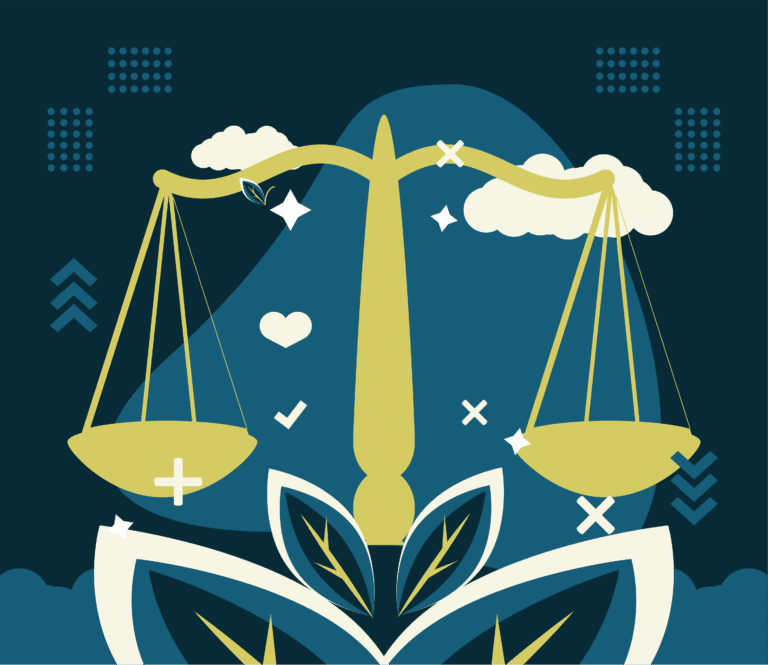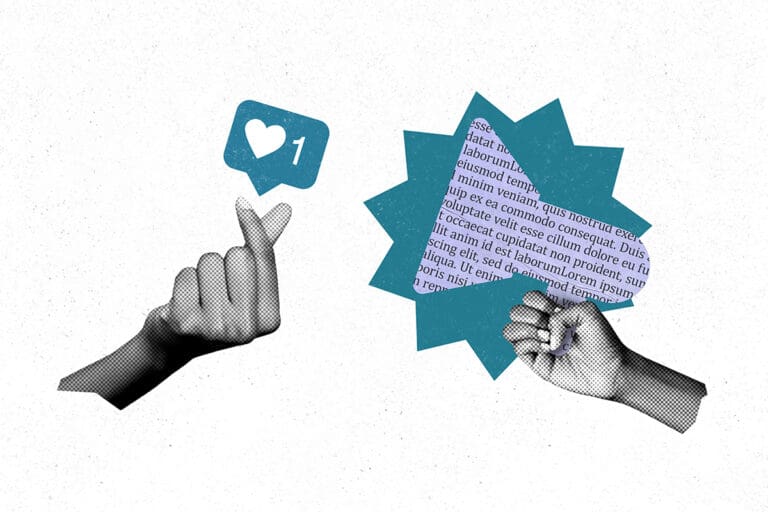It’s not uncommon to find ourselves stuck in a process of how things should go: in our life, in our work, with our loved ones, with fitness, our eating…any and all things. Perhaps it’s from a place of comfort or experience in knowing certain things just work that way or not knowing better or that dreaded F word, yes FEAR.
I’m sure you’ve heard quotes like the two below before:
“Innovate or die.”
“Change begins at the end of your comfort zone.”
It’s normal to want to avoid fear and stay in your comfort zone; after all, it’s safe, mostly predictable, and easy. But is it worth it?
Here’s where I’m going to push you to try something different. Try something new with yourself, your team, and/or your business. We’re going to start with creativity.
We don’t need to talk about how creative you think you are; I believe everyone has some creativity in them somewhere.
So that leads to a few more questions we should ask: Is anyone capable of striking an idea that leads to a breakthrough? Where do those lightning strike ideas come from, and how can we have them?
A few years ago, I read Allen Gannett’s book “The Creative Curve” and was inspired to look at the creative process differently. Things that all of us can implement in our lives, but more so I believe businesses that want innovation and believe creativity is an ingredient to success:
CONSUME (X 20%)
In order to be creative or to fulfill a new goal, we often have the idea to be successful was to DO, be in action and make progress constantly.
Speaking from first-hand experience, I’ve been known to wake up early to work, eat lunch with my computer, and stop working around 9p, so I’m in an almost constant stage of producing. However, I missed a crucial element in those cycles.
Through Allen’s research, he found that most creative artists spent three to four hours a day consuming industry-specific material. By doing this, these artists were able to develop an expert-level of understanding that helped them build ideas from a place of familiarity and what has been successful.
“No matter whether I was interviewing a painter, a chef, or a songwriter, I’d eventually hear some variations of the same story. Painters show up at numerous art exhibits. Chefs eat at cutting-edge restaurants, visit farms, and travel to food shows. Songwriters are constantly listening to music, new and old.” – Allen Gannett.
What if part of your and your team’s week looked like this: a percentage devoted to producing while another portion was in learning, consuming, and following through with what made the curious?
BUILD A TRIBE
You need a tribe of people to push you, inspire you, challenge you, and mentor you. This has been a reoccurring topic in most things I’ve read about building and achieving goals.
It’s essential to surround yourself with the right mix of people. These are the people that challenge you and support you.
We often rest on our comfort of being around people who think like us or approach life the same way as us instead of broadening our horizon to open up our circle to people who give us different perspectives.
Allen speaks to four distinct types of individuals to have in your creative community:
- A Master Teacher
- A Conflicting Collaborator
- A Modern Muse
- A Prominent Promoter
“As you build your own creative community, remember that surrounding yourself with a diverse set of people not only enhances society but also enhances your own creativity.” – Allen Gannett.
While we’re talking about your own personal tribe, I believe this also plays into the culture and environment you build within your team. How do you currently hire new employees? Are you looking for the same qualifications but seeing your company stuck in the same situations or unable to innovate? This is a good time to start doing some heavy evaluating of how you build your team(s).
CONCEPTION, REDUCTION, CURATION, AND FEEDBACK
I used to think that if I’m going to put something out into the world, it has to be near perfect. I grew up with my dad saying, “if you’re going to do something, do it all the way.”
I’ve taken that very literally. Now, I don’t really believe that’s what my dad meant when he said it. It’s not so much about making an effort for perfection, but making an effort consistently and seeing something through to the end.
What I found interesting and true (especially in marketing) is the early editions of a project or new campaign are essential for gathering feedback and tweaking. While there is something to be said on having everything buttoned up for a new launch, campaign, or another initiative: to get to the well-executed launch, a process that includes feedback and iterations can go a long way for solid success.
When Allen spoke to Ben & Jerry’s, they had a very defined process of researching ideas for new ice cream flavors, running them through testing and refining to get the final, profitable flavor customers would love.
“Creative iterations are critical to making great products of all types. While I don’t have a cutesy acronym for this process, in every field of creators used the four steps I outlined at Ben & Jerry’s:
Conception, Reduction, Curation, and Feedback.” – Allen Gannett.
There’s one thing to say about adding creativity and innovation to your company and/or team(s): it does come at a cost. It can weigh heavily in success but can also come at the risk of failures along the way. Don’t discount being fearful of the failures; those are learnings that can be used to build upon. If adding creativity into your process is something your game for, don’t go in shy: go in all the way. Make sure your team and resources know it will come with failure, but the fear shouldn’t hold them (or you) back from trying.



